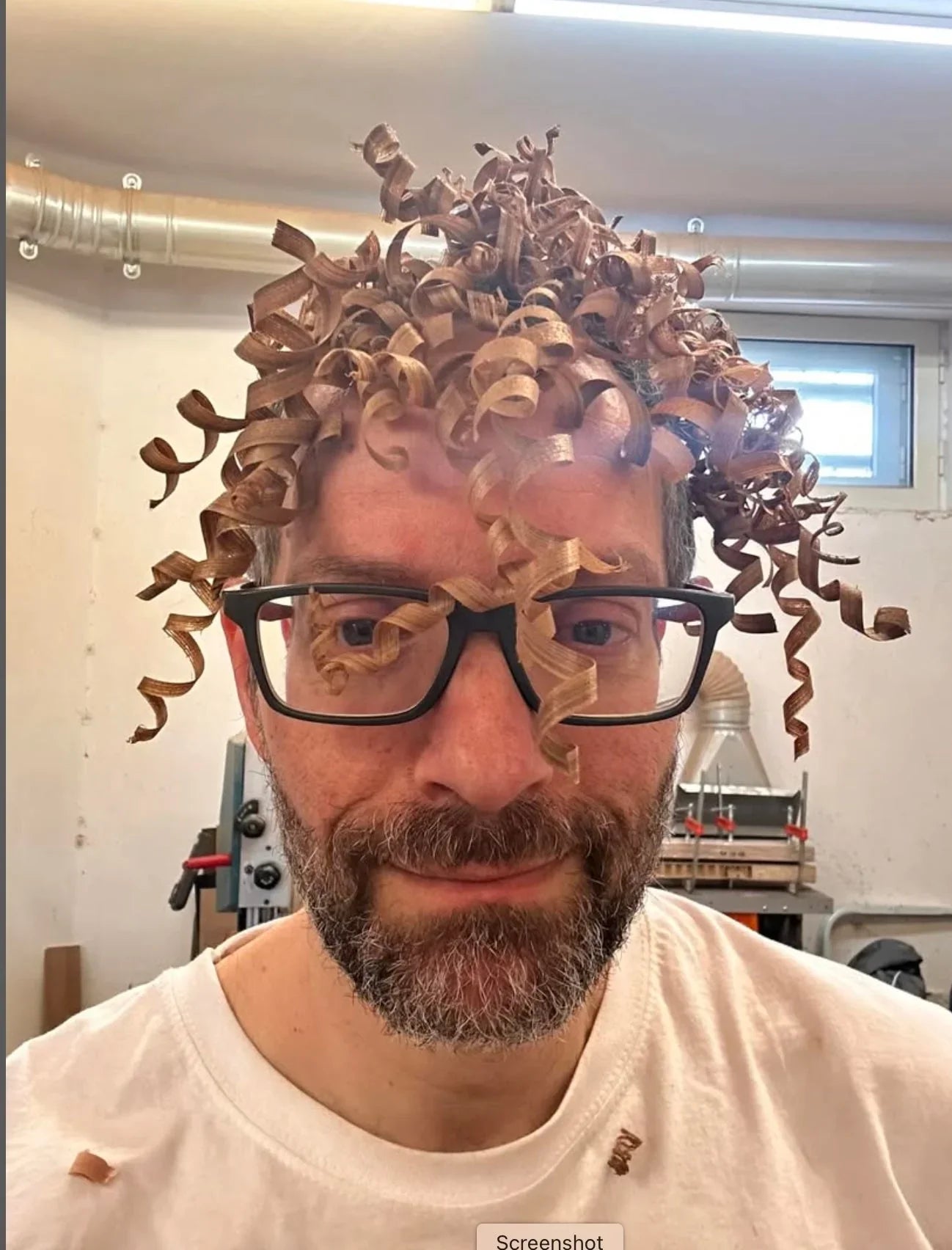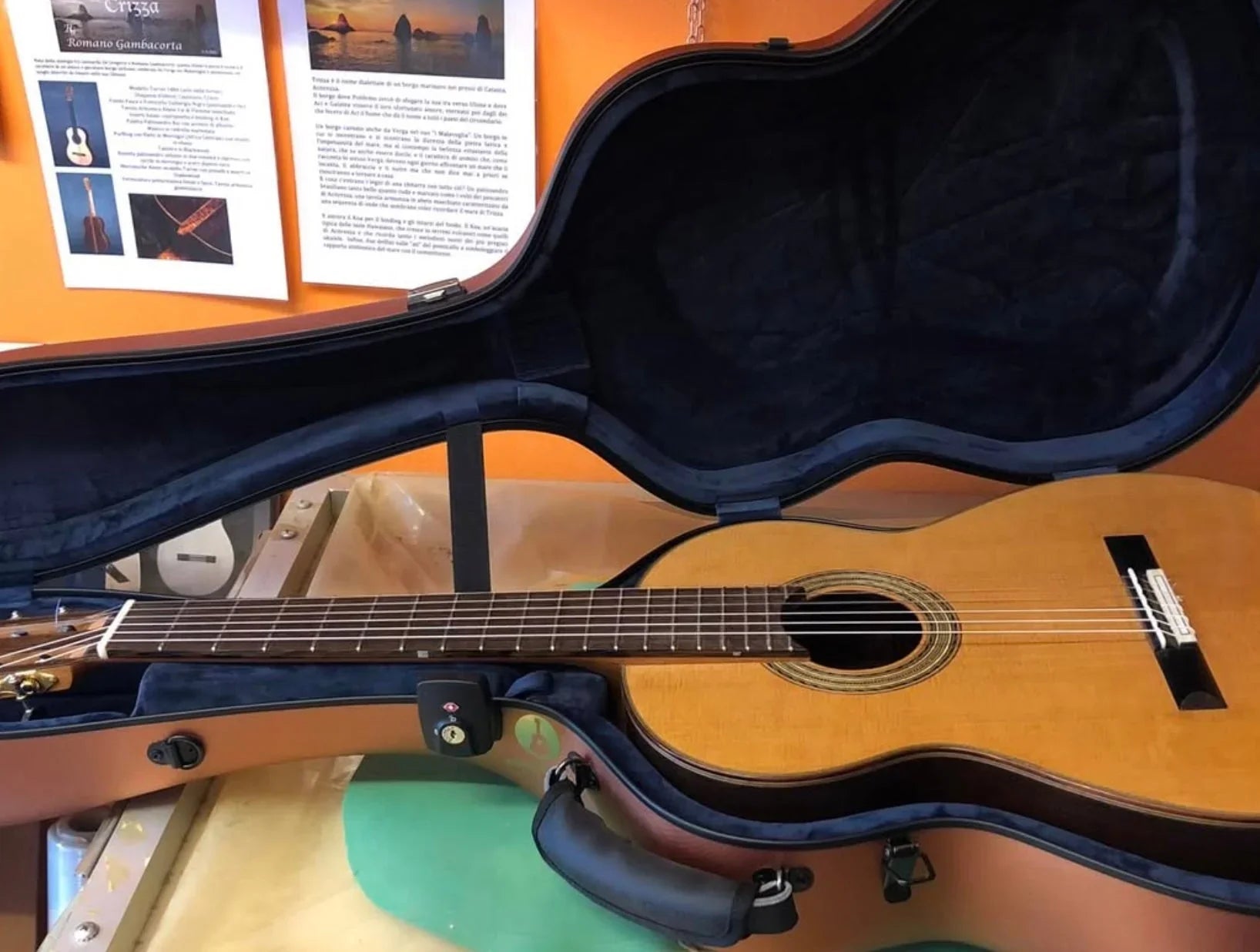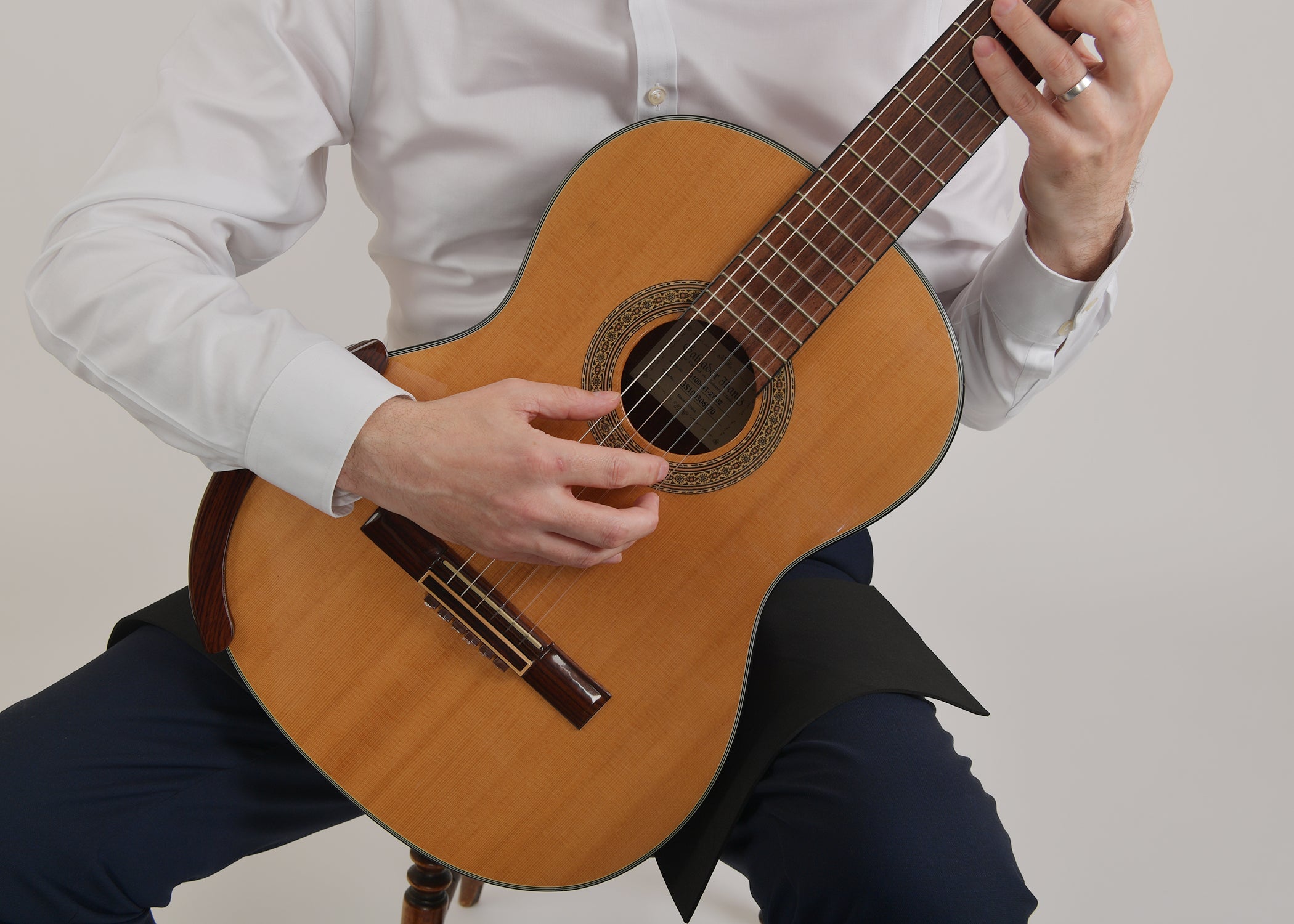At Alba GB, we continue our insightful conversation with master luthier Leonardo De Gregorio. In this second part, we discuss Leonardo’s approach to the traditional Italian guitar-making school, regional influences, and dive deeply into his innovative double-top classical guitars.
Drawing from Italy’s Historical Guitar Heritage
Leonardo, you’ve often highlighted the historical roots of Italian luthiery. How specifically does this rich heritage guide your current work?
Leonardo De Gregorio:
Italian guitar heritage is based on proportion, lightness, and musical sensitivity. Makers such as Guadagnini, Vinaccia, and Fabricatore focused on structural simplicity and elegance. I embrace these same principles. Rather than heavy bracing, I use minimal, well-placed internal supports. This allows my guitars to vibrate freely, creating an open, nuanced sound closely aligned with historical Italian tradition.
Read Also: Leonardo De Gregorio: A Journey Through Craftsmanship and Collaboration (Part 3)
Regional Influences: From Neapolitan to Roman Traditions
Alba GB:
Italian guitar building traditions vary between regions. Which regional styles influence your guitar-building methods most distinctly?
Leonardo De Gregorio:
My greatest influence comes from southern Italy, particularly the Neapolitan tradition. This school emphasizes lightly-built guitars with thin tops and minimal bracing. These guitars produce a warm, vibrant tone with a natural openness. In my designs, I carefully integrate these Neapolitan elements to achieve a similarly responsive and colorful voice in my guitars.
Read Also: Master Luthiery: Talking with Leonardo De Gregorio about Classical Guitars (Part 1)
Traditional Italian Finishing Techniques and Guitar Sound
Alba GB:
How important are traditional Italian varnishing techniques to the acoustic properties of your instruments?
Leonardo De Gregorio:
Extremely important. Traditional Italian finishes like French polish (shellac-based) are crucial for preserving the acoustic integrity of the wood. A thin, traditional finish allows the instrument to resonate freely, naturally enhancing volume and tonal complexity. This traditional finishing method is integral to my process.
Read Also: Classical Guitar Armrest: Comfort, Protection, and Superior Sound
Structural Simplicity and Acoustic Responsiveness
Alba GB:
Italian guitar tradition often prioritizes structural simplicity. How do you apply this idea practically when designing your guitars?
Leonardo De Gregorio:
I avoid overly complicated internal structures. I prefer simple fan bracing patterns, carefully calculated in position and thickness. Every structural element has a clear purpose. This minimalistic approach allows my guitars to have immediate responsiveness and a natural tonal clarity.
Read Also: The Evolution of Classical Guitar Supports: Steadiness, Innovation
Double Top Construction and Italian Acoustic Principles
Alba GB:
What elements from traditional Italian acoustic principles do you incorporate into your double-top guitars?
Leonardo De Gregorio:
My double-top guitars incorporate traditional Italian acoustic principles through precise thickness management and careful balance in the top layers. Even with a modern Nomex core, I build very thin outer wood layers to keep the top responsive and lively. Italian tradition emphasizes clarity, richness, and tonal complexity, and I ensure these qualities remain central to my double-top guitars.
Read Also: How Plastic Guitar Beads Improve Classical Guitar’s Sound
Why Wood Selection Defines Your Double-Top Sound
Alba GB:
Wood selection is crucial in Italian guitar making. Does your selection process differ specifically for double-top guitars?
Leonardo De Gregorio:
Yes, slightly. With double tops, I choose extremely lightweight and responsive pieces of spruce or cedar. The wood needs excellent stiffness-to-weight ratios and must handle minimal thickness without losing structural integrity. This careful wood selection process ensures my double-top guitars preserve traditional warmth and clarity while gaining modern dynamic capabilities.
Ensuring Long-Term Stability of Double-Top Guitars
Alba GB:
Double-top guitars require careful consideration for structural stability. What traditional methods do you use to ensure longevity?
Leonardo De Gregorio:
I rely on traditional bracing combined with precise humidity control and minimal tension within the top structure. By maintaining very careful wood moisture content and precise bracing placements, my double-top guitars stay stable and maintain structural integrity over time, without losing their responsiveness or tonal beauty.
Maintaining Authentic Italian Tone with Nomex Technology
Alba GB:
Nomex cores are modern materials. How do you integrate this technology without compromising the authentic Italian tone of your instruments?
Leonardo De Gregorio:
I use Nomex to achieve structural stability and reduced weight, not as a tonal element. The Nomex core allows me to reduce wood thickness to a minimum, maximizing traditional Italian sound qualities such as warmth, openness, and dynamic expressiveness. The outer layers of wood provide the true voice, while Nomex silently supports their acoustic function.
Maturation of Double-Top Instruments Over Time
Alba GB:
How do your double-top guitars mature acoustically, compared to traditional guitars?
Leonardo De Gregorio:
My double-top guitars age beautifully. Due to their thin, responsive wood layers, they actually mature faster acoustically, gaining complexity, warmth, and tonal depth relatively early. Like traditional guitars, double-tops evolve, becoming richer and more vibrant. This maturation process is deliberate, built into the careful choice of materials and construction techniques.
Advancing Tradition: The Evolution of Italian Guitar Craftsmanship
Alba GB:
How do you see your role in advancing Italian guitar craftsmanship into the future?
Leonardo De Gregorio:
My role is to respect and protect traditional Italian acoustic ideals while thoughtfully introducing modern innovations. By incorporating carefully controlled modern techniques like double tops and precise structural refinement, I aim to keep the Italian tradition relevant and appealing to today’s professional musicians. My guitars reflect both historical depth and forward-looking acoustic possibilities.
Alba GB: Leonardo, thank you again for sharing your expertise.
Leonardo De Gregorio: Thank you. It’s always a great pleasure.
Alba GB: We’ll continue this exciting dialogue in Part 3. Stay tuned!
Professional Classical Guitars for Sale at Alba GB
At Alba GB, we proudly offer exceptional classical guitars by renowned luthiers such as Leonardo De Gregorio. Our selection includes double-top classical guitars carefully crafted to balance tradition with modern playability. If you’re interested in high-end classical guitars for sale, explore our shop or contact us directly for detailed information.





Leave a comment
This site is protected by hCaptcha and the hCaptcha Privacy Policy and Terms of Service apply.